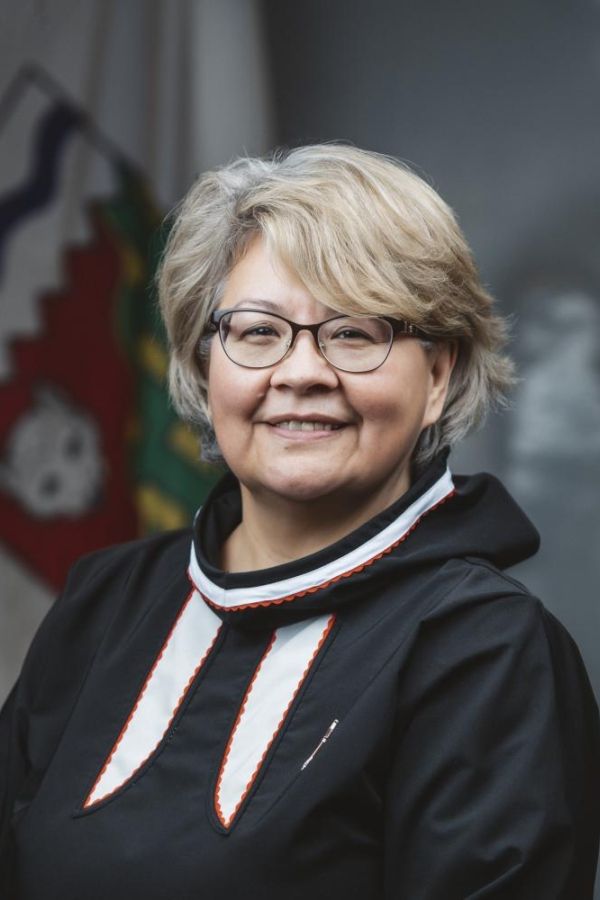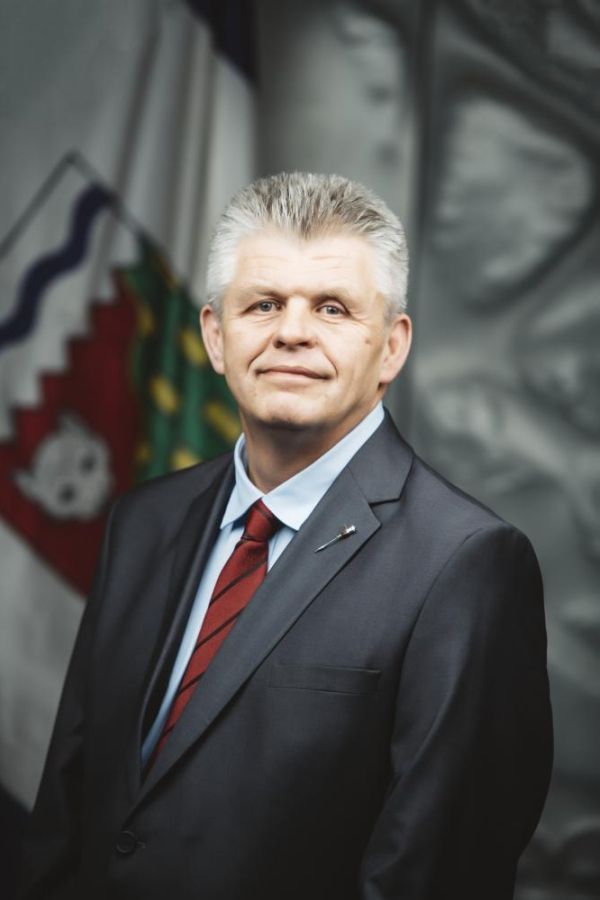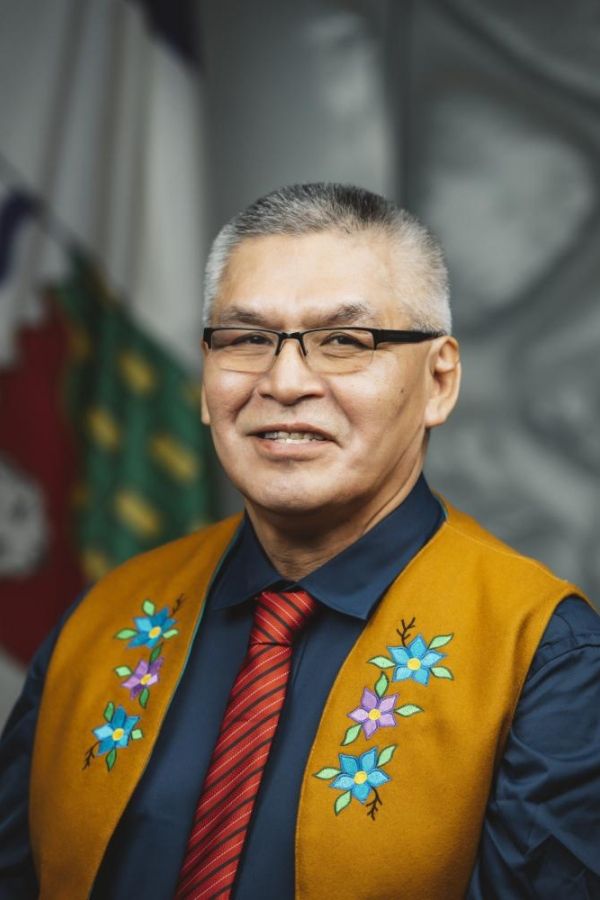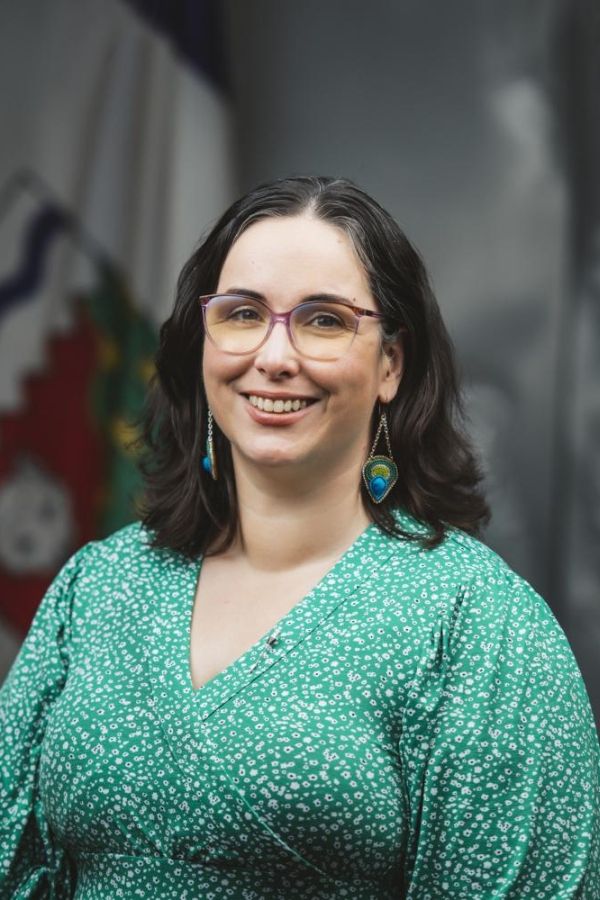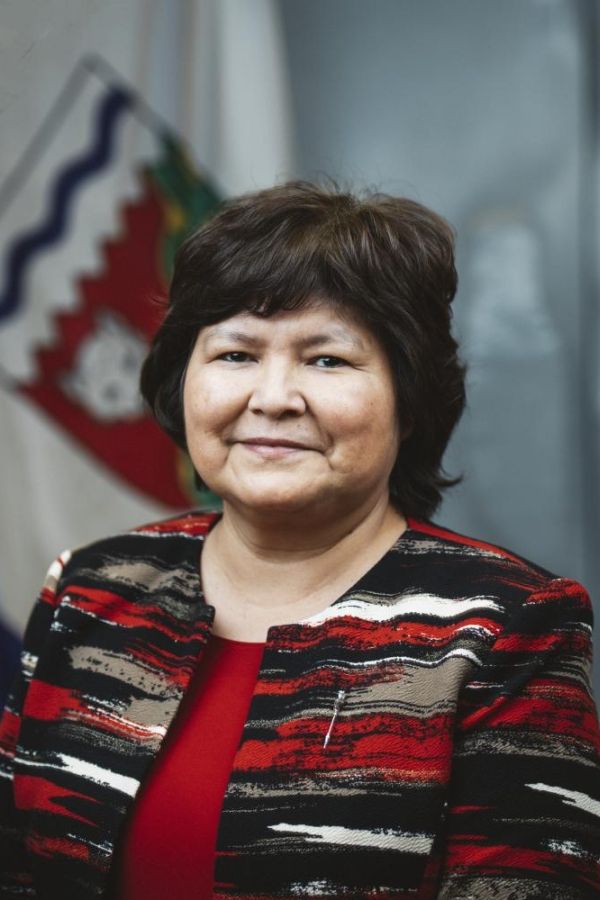Question 313-20(1): Climate Targets and Net-Zero Carbon Emissions
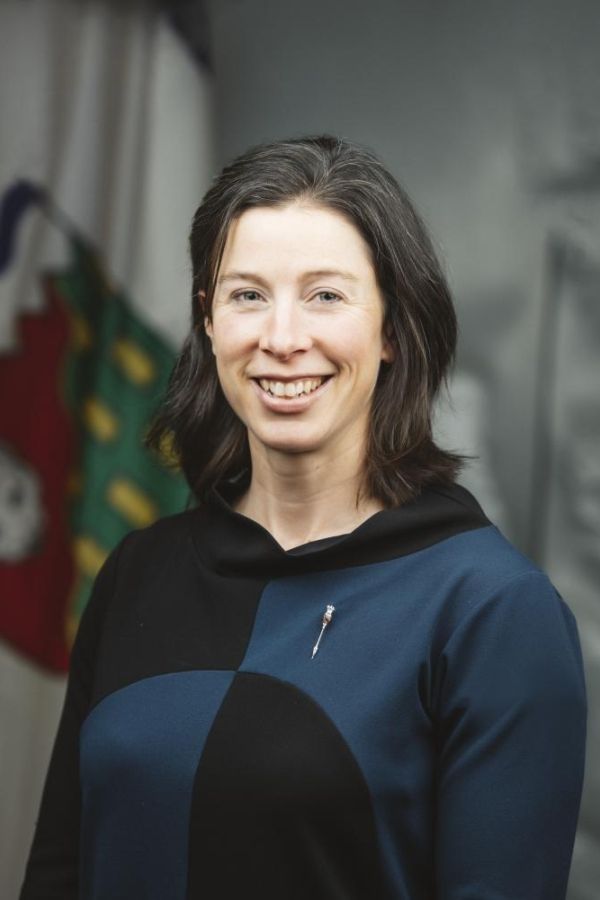
Thank you, Mr. Speaker. My questions are for the Minister of Infrastructure. So given this government's commitments to strive towards a net-zero climate target by 2050, what plans are underway for this government to commit to a net-zero power system by 2035 in order for our power corporation to benefit from the federal clean electricity investment tax credit? Thank you, Mr. Speaker.
Thank you. I'm going to go to the Minister of Infrastructure.

Thank you, Mr. Speaker. Mr. Speaker, I'm quite pleased to talk about the clean energy investment tax credit because it is an interesting thing that there's an opportunity here for the North, for the Northwest Territories Power Corporation, to be seeking this tax credit except that we have to make a nonbinding commitment to be on net-zero.
Mr. Speaker, I would like to make that commitment. I'm happy to simply make the commitment, but it certainly is going to be pretty challenging for the Northwest Territories or, frankly, probably any part of the non-connected to the North American energy grid communities, the three territories, to reach that. But we could certainly make the commitment if that's what it takes to unlock a little bit of tax credit funding.
Obviously, getting there, Mr. Speaker, is going to take significant investment. We certainly have the opportunity to look at Taltson facility, whether or not it would be operational by 2035 would certainly bring 70 percent of our population onto clean energy. The challenges will be different in communities that are more isolated, through the Sahtu and the Beaufort Delta. And certainly what would it take at that point? Well, Mr. Speaker, at that point, we're going to be looking at probably new technologies, different technologies, and working with Indigenous partners through those regions as to what opportunities they see for investment as well. Thank you.

Thank you, Mr. Speaker. So given that the vast majority of our emissions come from transportation and industry, what does the Minister believe are the key opportunities to introduce clean energy into the NWT transportation sector, particularly the long-haul trucking and the heavy equipment? Thank you, Mr. Speaker.

Thank you, Mr. Speaker. Mr. Speaker, this certainly is a more difficult area to decarbonize effectively, particularly long-haul trucking. Some of the more heavy equipment machinery used in mine sites, for instance, might be looking to electrify, and there's certainly some efforts to do that underway. Elsewhere, again, challenges in terms of the climate here in the North do impact the battery capacity. One of the more promising opportunities would be in renewable diesel. Once again, though, Mr. Speaker, the way that this has unfolded through Canadian approaches thus far, there's not a strong market for renewable disease that is Arctic grade. I am happy to say that we are looking at this again and reexamining whether there's some opportunities to help incentivize that market or bring about some of that market here to the North. We would need a supply, and we would need it to be at an affordable price point that doesn't overly displace the fiscal capacity. But that would certainly be part of the modeling that we need to undertake to reach a net-zero. Thank you.

Thank you, Mr. Speaker. So on the subject of clean fuels, one of the key federal funding opportunities for clean fuels is the Indigenous clean fuels fund. So what conversations are underway with Indigenous governments regarding those funding opportunities through the Indigenous clean fuels fund? Thank you, Mr. Speaker.

Mr. Speaker, let me say I would say not enough conversations. I hope there's more attention paid to these opportunities. It would be expectational to see this kind of funding flow to Indigenous governments here within the Northwest Territories. I know I've mentioned it in passing at Council of Leaders of meetings and in opportunities, for example sitting with colleagues at the Taltson steering committee, and department officials certainly do point their counterparts and colleagues to the 2Y2 Indigenous single window funding portal that exists with the federal government. But, again, any opportunity to raise their profile of this more here in the North, this is a chance to bring money into the North and a chance to bring about economic reconciliation and putting some of those dollars and power into the hands of Indigenous governments. Thank you.
Thank you. I'm going to go back to the Member from Yellowknife North. Final supplementary.

Thank you, Mr. Speaker. So in terms of industry reducing emissions, we have the large emitters fund that industry has already been paying into, and it's supposed to be designed to help industry reduce their carbon emissions. So what have been the barriers to industry fully tapping into and expending those dollars that are sitting in the large emitters fund? Thank you, Mr. Speaker.

Thank you, Mr. Speaker. Mr. Speaker, I'm not sure that it's barriers within necessarily that are preventing this. There is some -- certainly some requirement that the funds would have to be, for example, 5 percent change from the baseline of the operation which, if it was for the whole of the mine it might be easier, but when it's for a specific portion of operations that actually can turn into a fairly significant number. And another challenge being that it actually needs to have some sense of provability and not be a test or a trial or a research project. So you know, again, certainly very happy to say that there has been use of this with respect to the solar farm, I believe, recently at Diavik. We're hoping that there may be some interest from one of the other mines in another project and very happy to try to work with them to ensure that there are, in fact, not barriers to advancing the use of this money towards energy emissions in the Northwest Territories. Thank you.
Thank you. I'm going to go to the Member from Monfwi.





